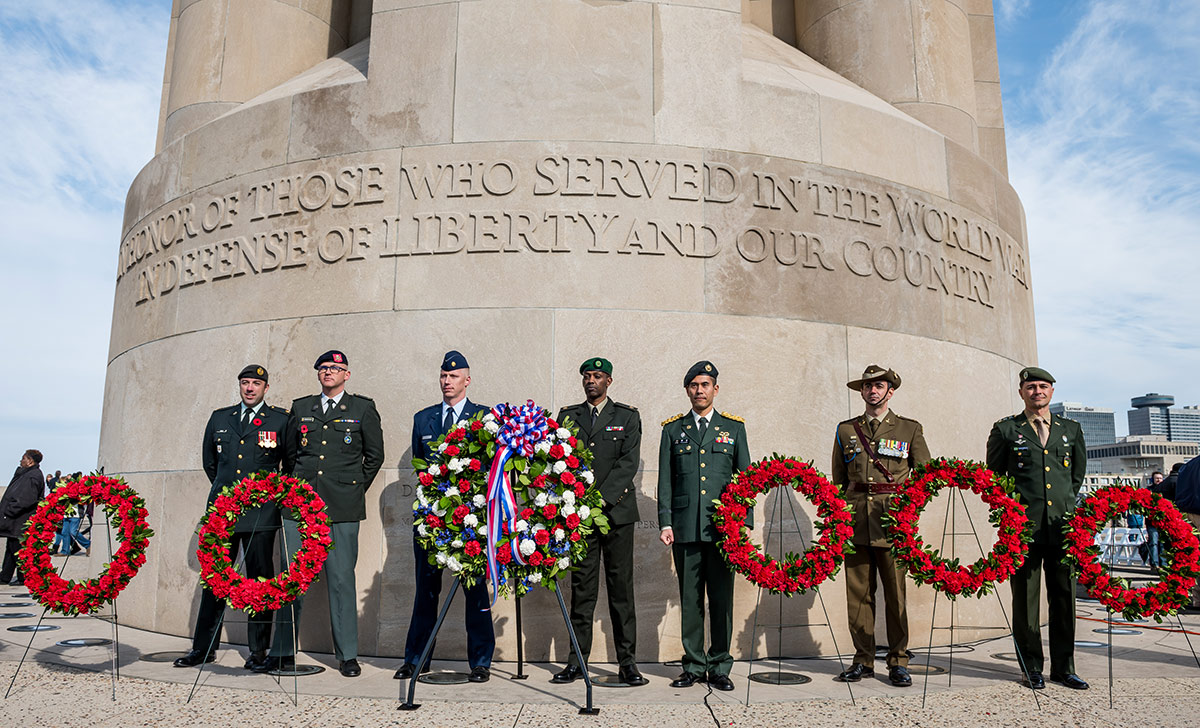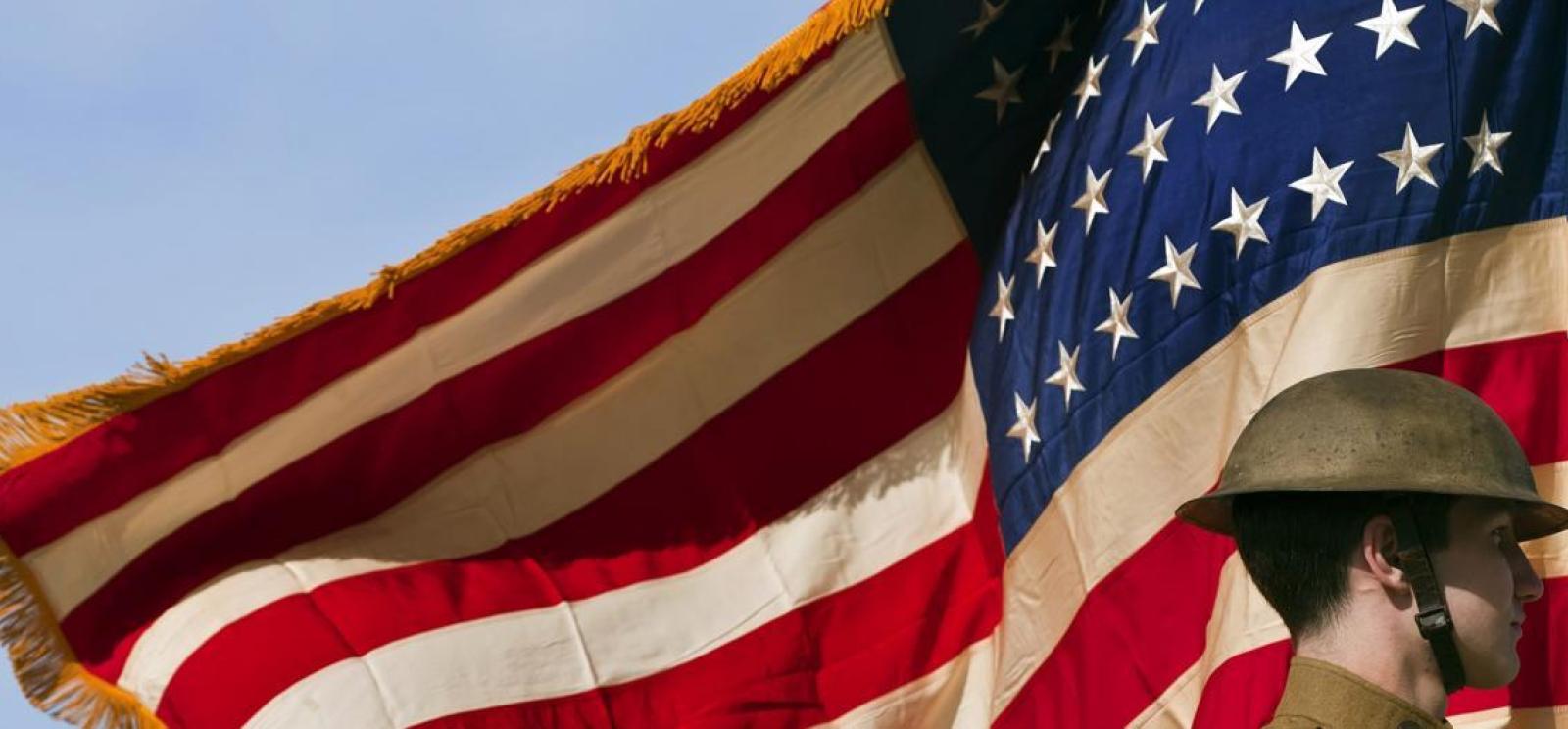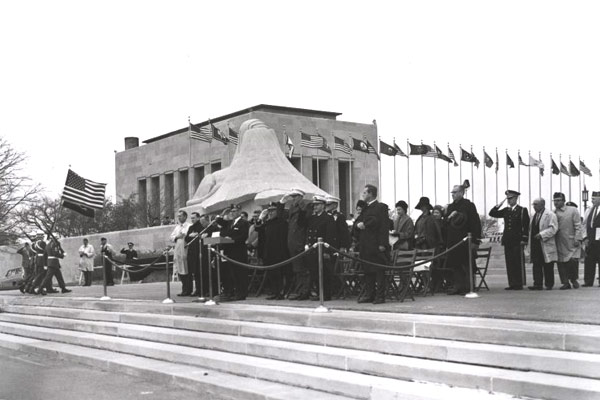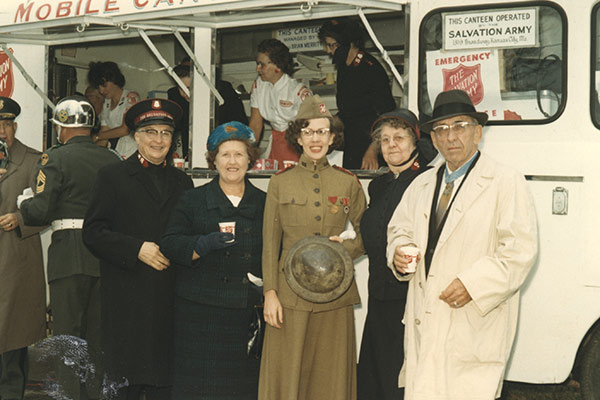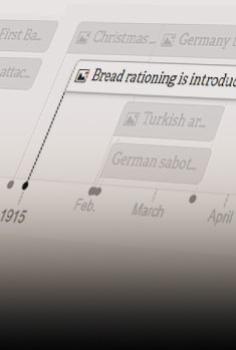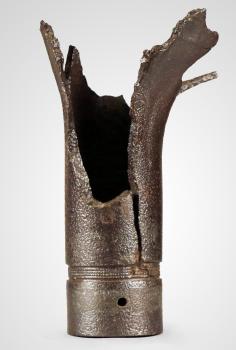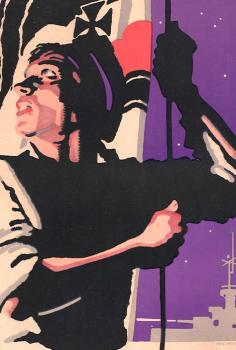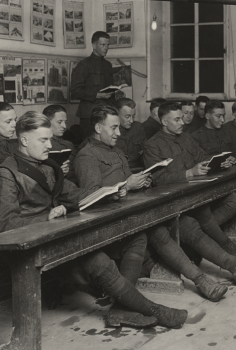What is Veterans Day?
Fighting ended on the Western Front of the First World War on Nov. 11, 1918. Celebrations of the end of war soon turned solemn, in remembrance of all who were lost. Armistice Day, officially recognized by U.S. President Woodrow Wilson in 1919, began to be observed throughout the world, honoring those who brought about the end of the “Great War.”
Armistice Day continued to be an important part of national identity and global memory, even as the world entered another war in 1939. In the aftermath of World War II, the day took on additional meaning. British Commonwealth countries adopted the name “Remembrance Day” or “Remembrance Sunday,” commemorating all soldiers who died, not just those of World War I.
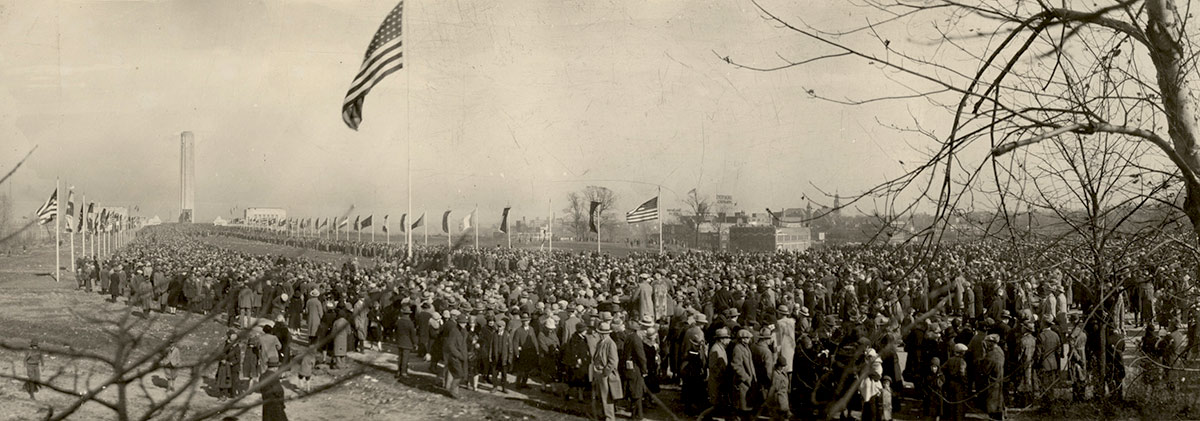
When did Armistice Day become Veterans Day?
In 1954, after the return of service personnel from both World War II and the Korean War, U.S. President Dwight D. Eisenhower signed a bill rededicating Nov. 11 as Veterans Day, encouraging Americans to commit themselves to the cause of peace and to honor America’s veterans for their courage, honor, patriotism and sacrifice.
Nov. 11 has always been an important date for the Museum and Memorial. The Memorial, then known as the Liberty Memorial, was originally dedicated on Armistice Day in 1926, with U.S. President Calvin Coolidge delivering the dedication speech to a crowd of 150,000 people – the largest crowd a U.S. president had ever addressed to that point in time.
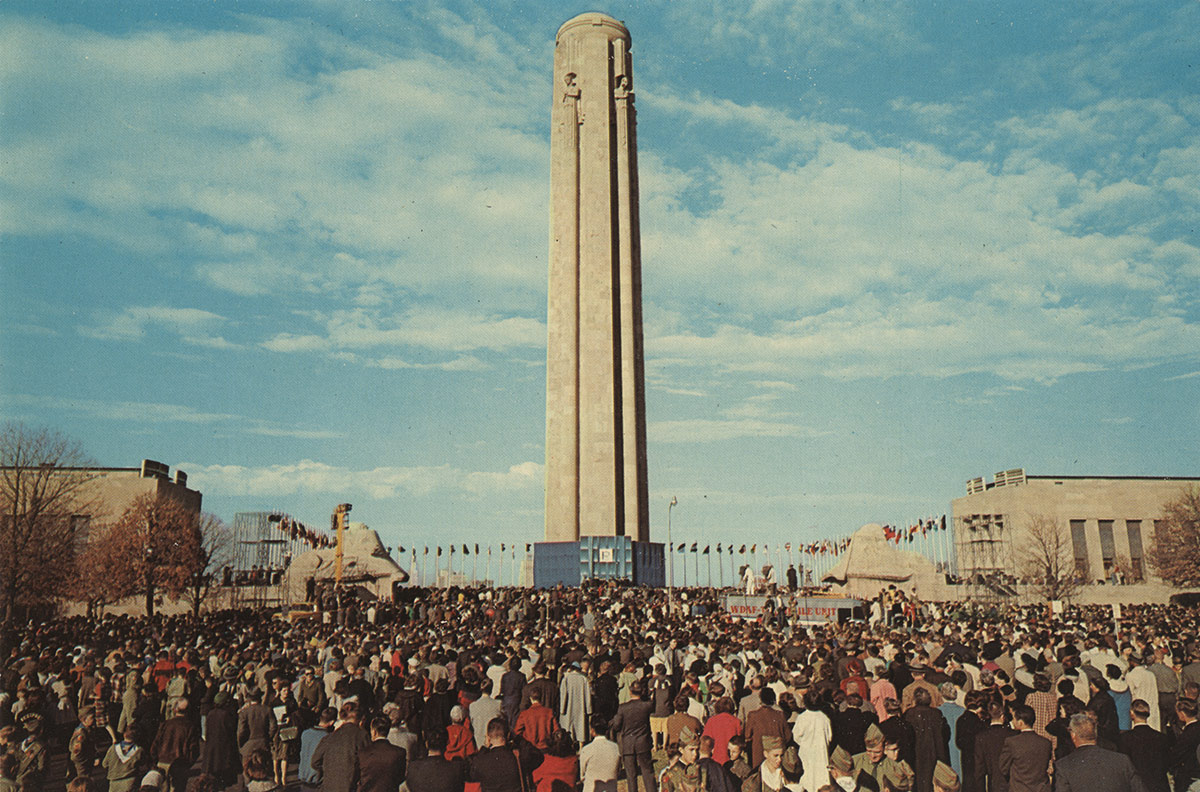
The Memorial became a dynamic addition to Kansas City’s—and the nation's—cultural landscape, continuing to mark the Armistice and then Veterans Day after President Eisenhower rededicated the holiday. It has served as host to commemoration events ever since, including that for the Centennial of the Armistice on Nov. 11, 2018.
